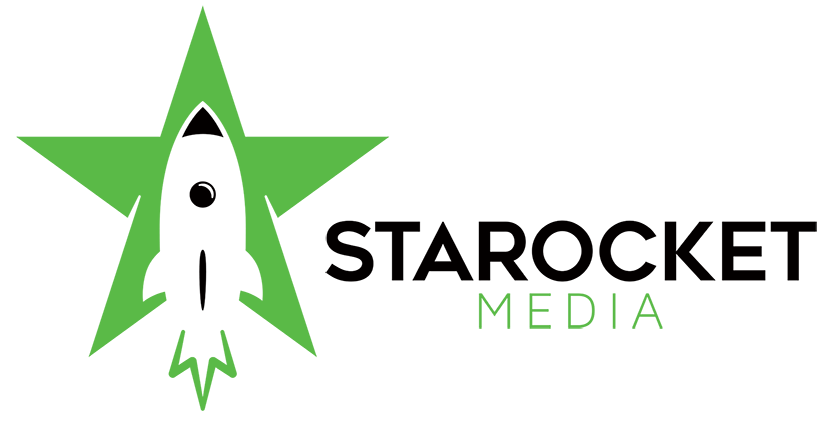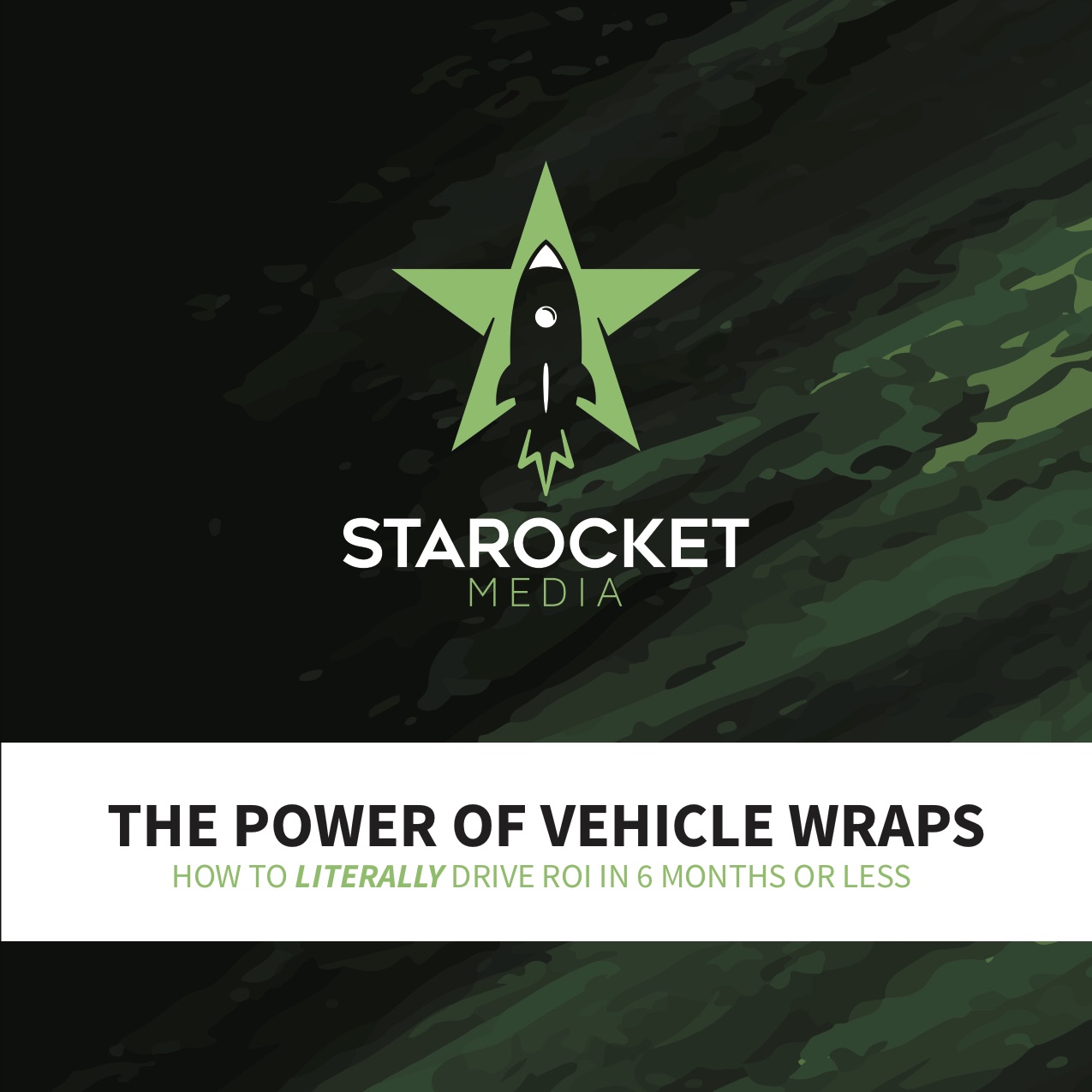Let’s say you want an image of your dog on the side of your ride with her name below. Maybe you have a pet grooming business … maybe you’re just really into your dog. Why don’t you just snap a photo, head out to the print shop, enlarge to the max and slap it on the door?
Because it will look horrible. That’s why.
Why is that? The answer lies in the difference between raster and vector images … terms we won’t bother you too much with. Let’s call them “non-blowy-uppy images” and, you guessed it, “blowy-uppy images”.
Raster: Non-Blowy-Uppy Images
When you take a photo with your phone what you’re actually doing is recreating what the lens sees as a series of colored dots (digitally, “pixels”). The camera only creates so many of these dots per square inch, or “dpi”. When you try to blow these up, the individual pixels become visible as blobs of color that only from very far away begin to resemble a dog.
Vector: Blowy-Uppy Images
Pro software can create images that obey mathematical formulas that govern the stretch of lines and colors when the image is expanded. Biggify it all you want and the formula knows how to cater the result to what the eye expects to see: smooth lines and consistent color.
So what does this mean for your canine? Well, since the dpi produced by your camera is likely not going to cut it, we’ll either need to talk through producing an extremely large image or “vectorizing” the low-dpi image you provide. Either way, you need a designer.
Luckily, we’ve got you covered. No need to know the lingo. The only two words you need to know are “Starocket” and “Media”.

